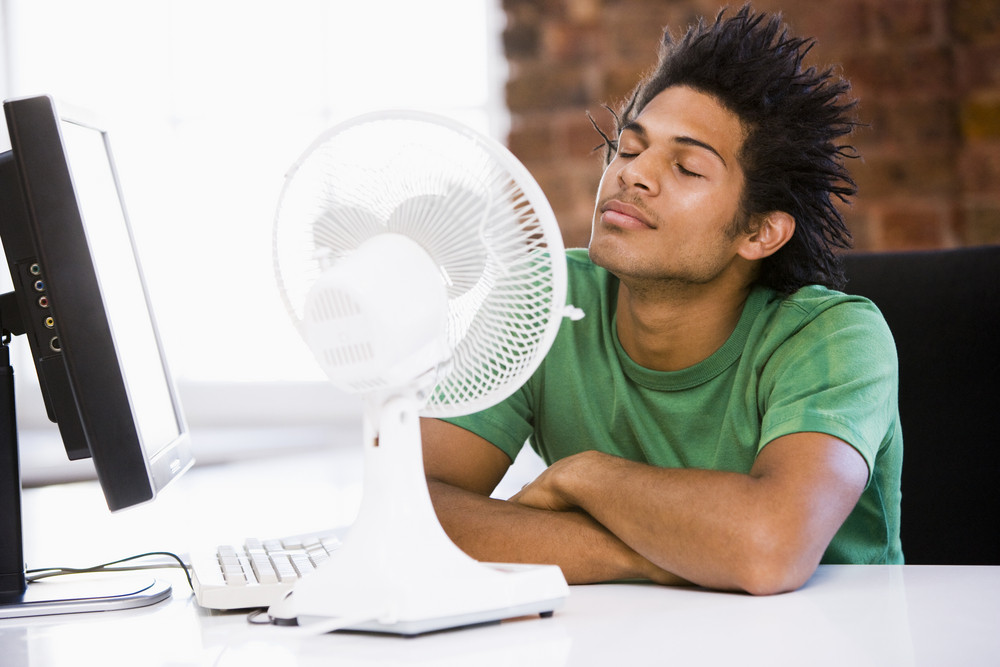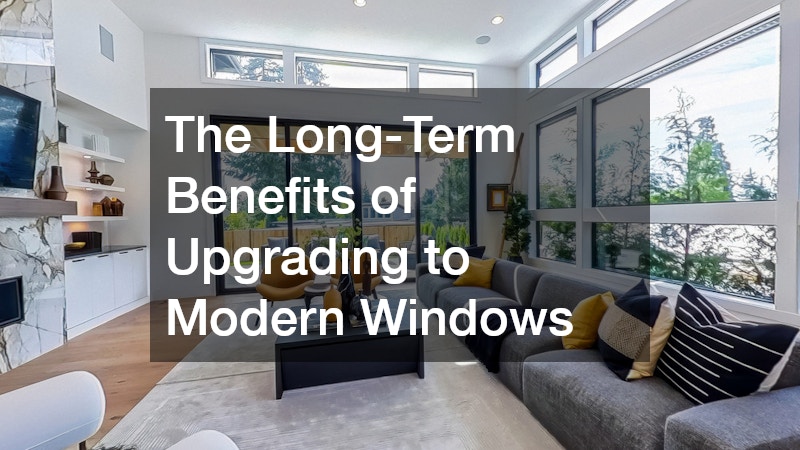
Understanding thermostat settings is crucial for maintaining a comfortable home environment while optimizing energy efficiency. With a plethora of options available, navigating through these settings can sometimes be overwhelming. This guide aims to demystify thermostat settings, ensuring you can make informed decisions about heating and cooling your home effectively.
The Basics of Thermostat Settings
Modern thermostats offer a variety of modes and settings to cater to different needs and preferences. Here’s a breakdown of the most common thermostat settings explained, to help you utilize them to their fullest potential.
- Heat and Cool: The most basic settings on any thermostat, ‘Heat’ activates your home’s heating system, while ‘Cool’ turns on air conditioning. These settings should be chosen based on the season and your comfort needs.
- Auto: This automatic setting switches between heating and cooling based on the temperature you set. It’s convenient for maintaining a consistent temperature without manual intervention, though it might use more energy by frequently toggling between modes.
- On and Auto (Fan Settings): ‘On’ keeps the fan running continuously, which can improve air circulation but might increase your energy bill. ‘Auto’, conversely, only runs the fan when the heating or cooling system is active, which is more energy-efficient.
- Programmable Settings: Many thermostats allow you to set schedules for different times of the day or week. You can program your thermostat to lower the heat or raise the cooling temperature when you’re not home, and adjust to a more comfortable setting before you return. This is ideal for people with regular schedules, offering both comfort and energy savings.
- Emergency Heat: Found on heat pumps, this setting is only to be used when the main heat pump fails or can’t operate efficiently due to extreme cold. It activates a secondary heating source but is less energy-efficient and should be used sparingly.
Tips for Effective Thermostat Use
- Seasonal Adjustments: Adjust your thermostat settings with the changing seasons. In winter, the Department of Energy recommends setting your thermostat to 68°F when you’re awake and lowering it while asleep or away. In summer, 78°F is recommended when you’re home and higher when you’re away.
- Leverage Programmable Features: If your thermostat offers programmable options, use them to create a heating and cooling schedule that aligns with your lifestyle. This reduces energy waste by ensuring you’re not heating or cooling an empty house.
- Regular Maintenance: Ensure your thermostat and HVAC system are regularly maintained. Dust and debris can affect thermostat sensors and reduce efficiency.
- Consider Upgrading: If you have an older thermostat, consider upgrading to a smart thermostat. These devices offer more precise control, learning your preferences and adjusting settings automatically for optimal comfort and efficiency.
Hearing thermostat settings explained goes a long way in understanding and properly utilizing your thermostat system. Whether you’re manually adjusting temperatures or taking advantage of programmable and smart thermostats, knowing how to effectively use your thermostat is key to both comfort and conservation.


